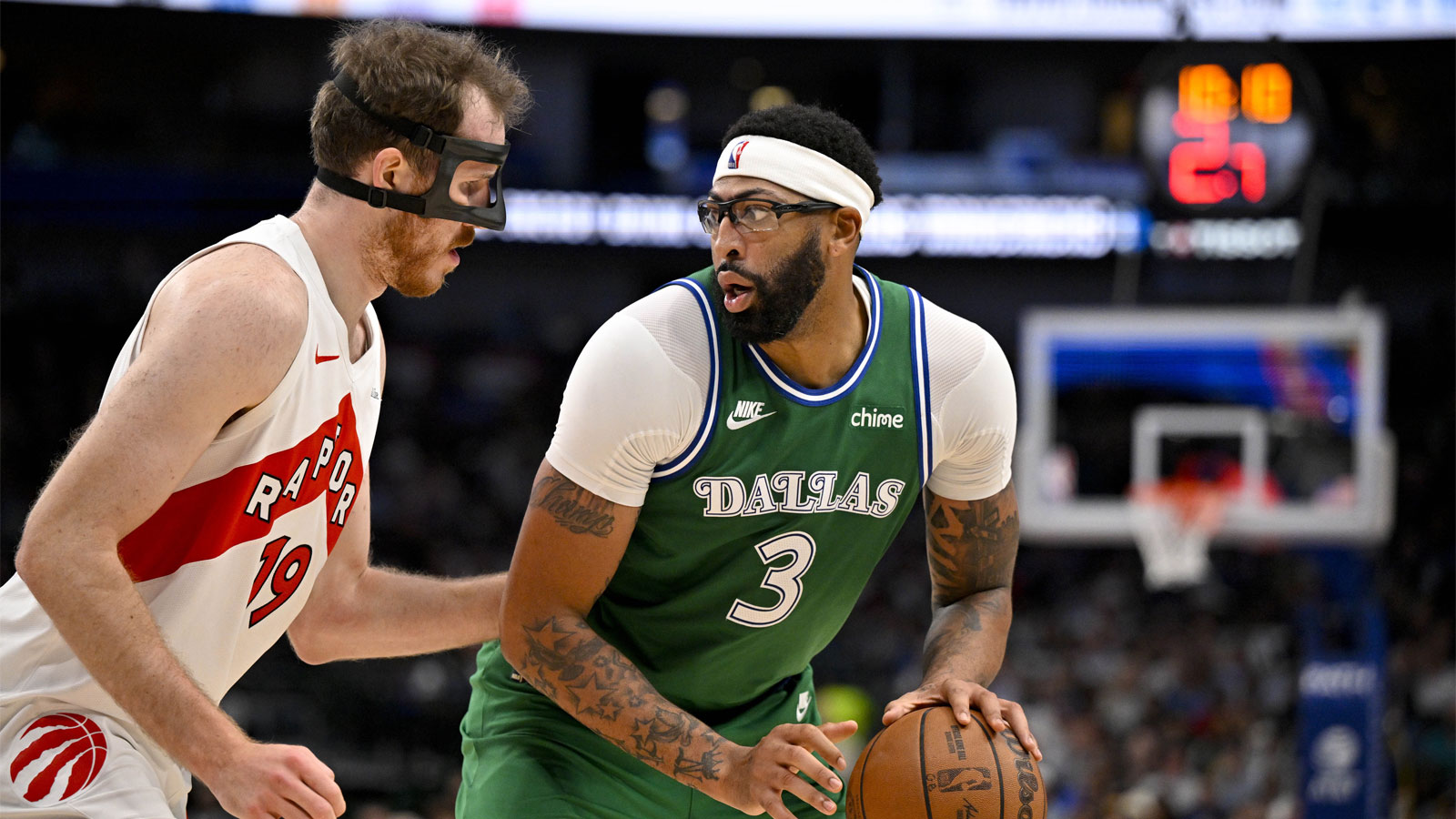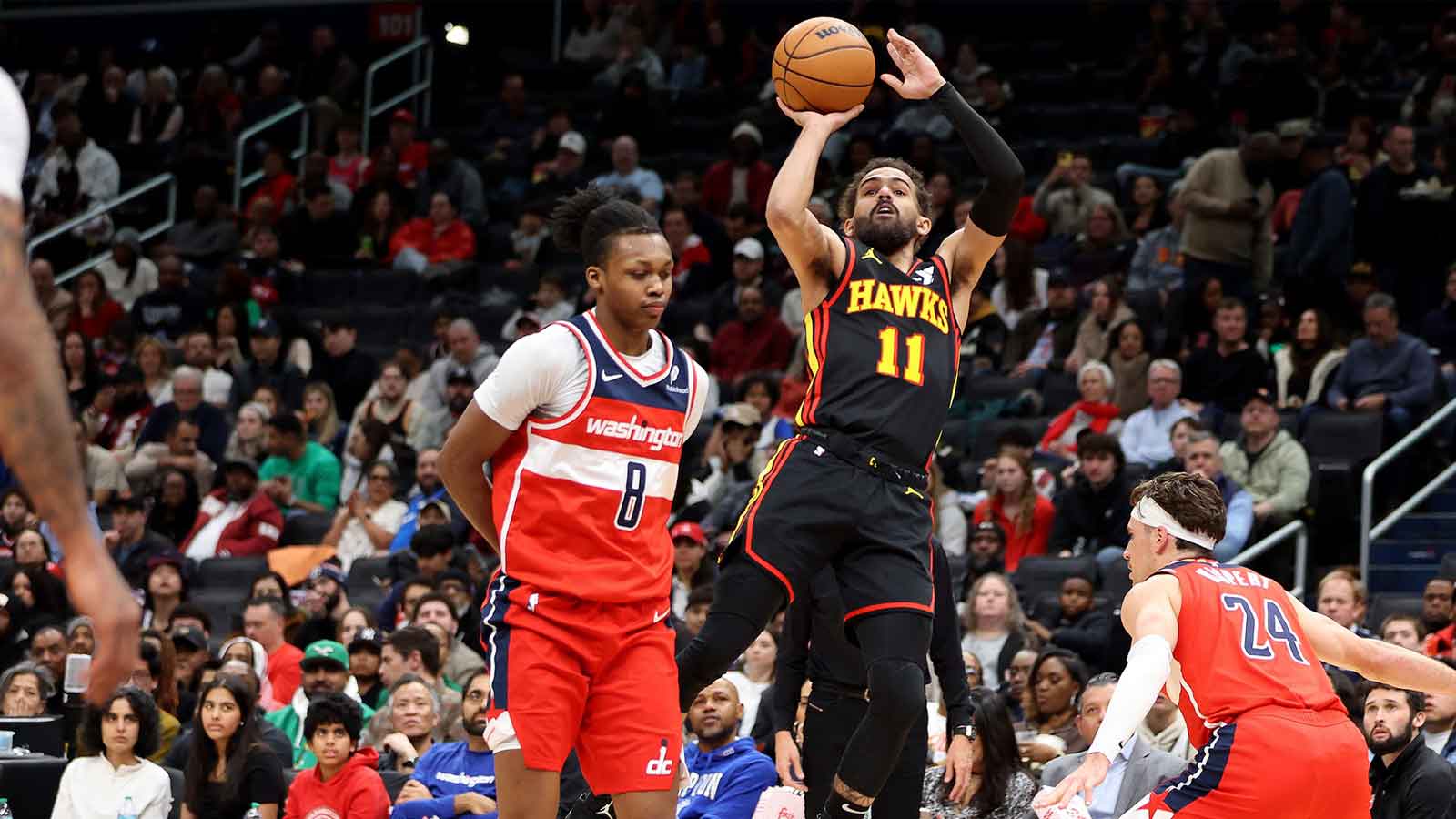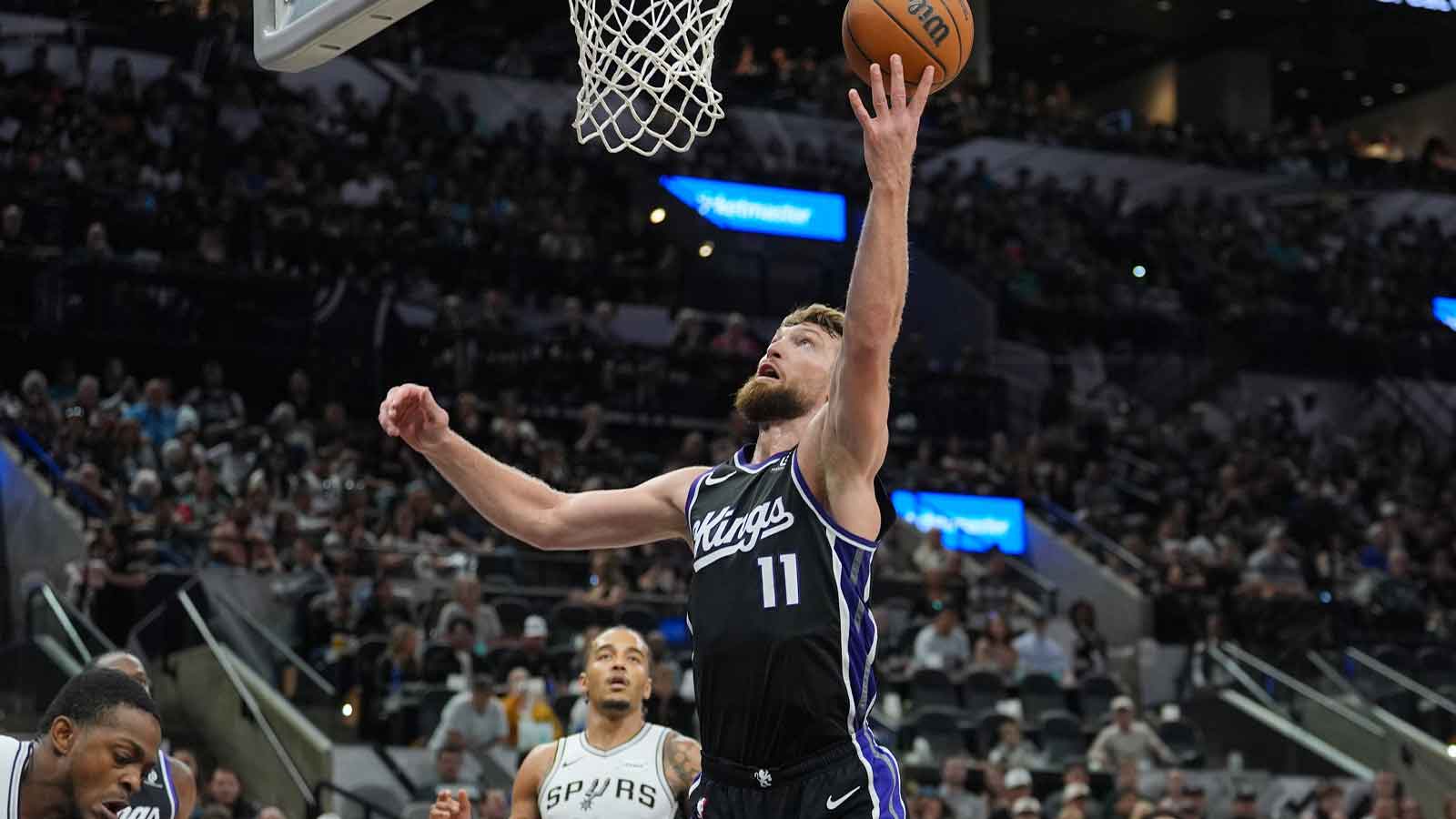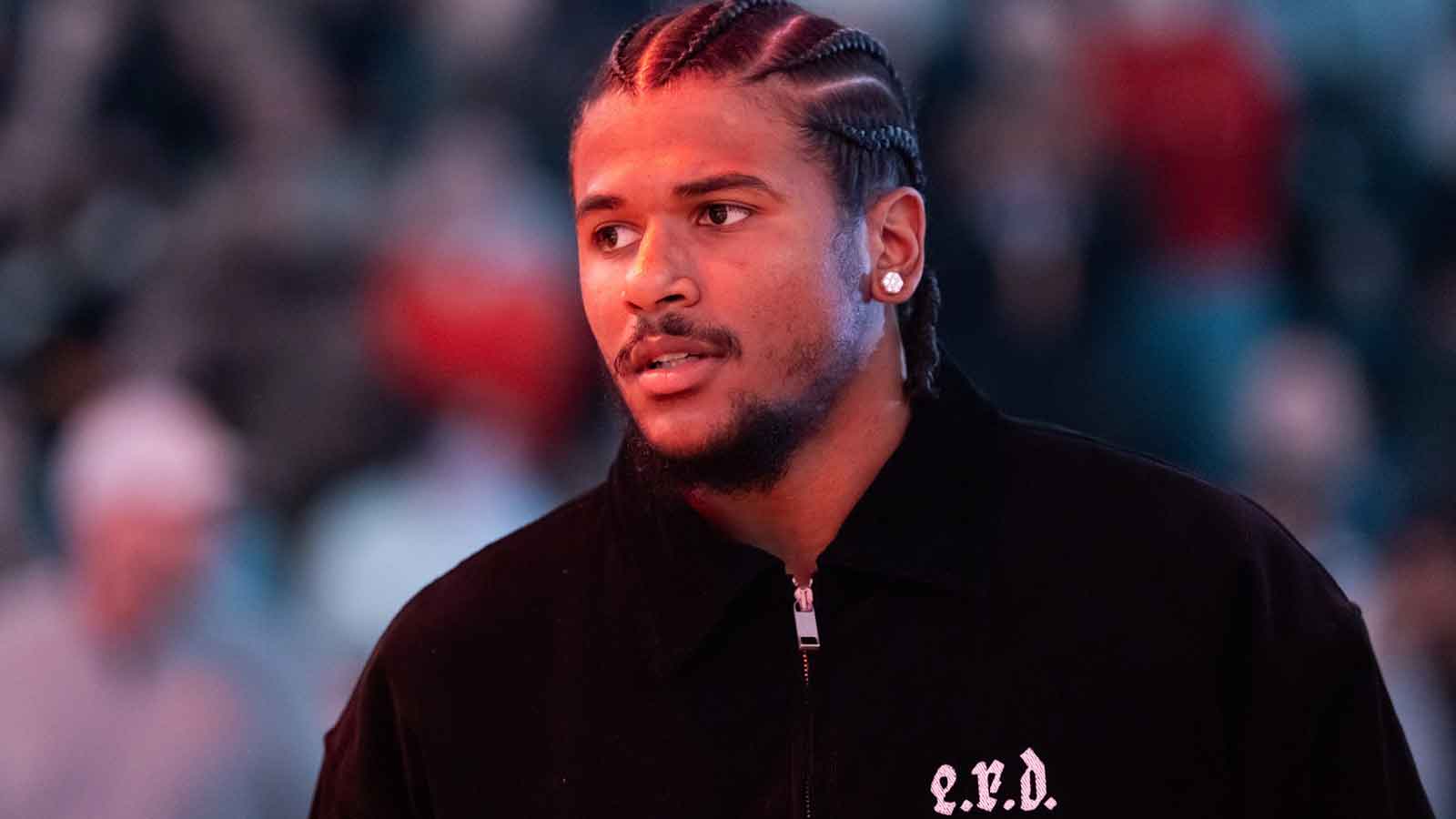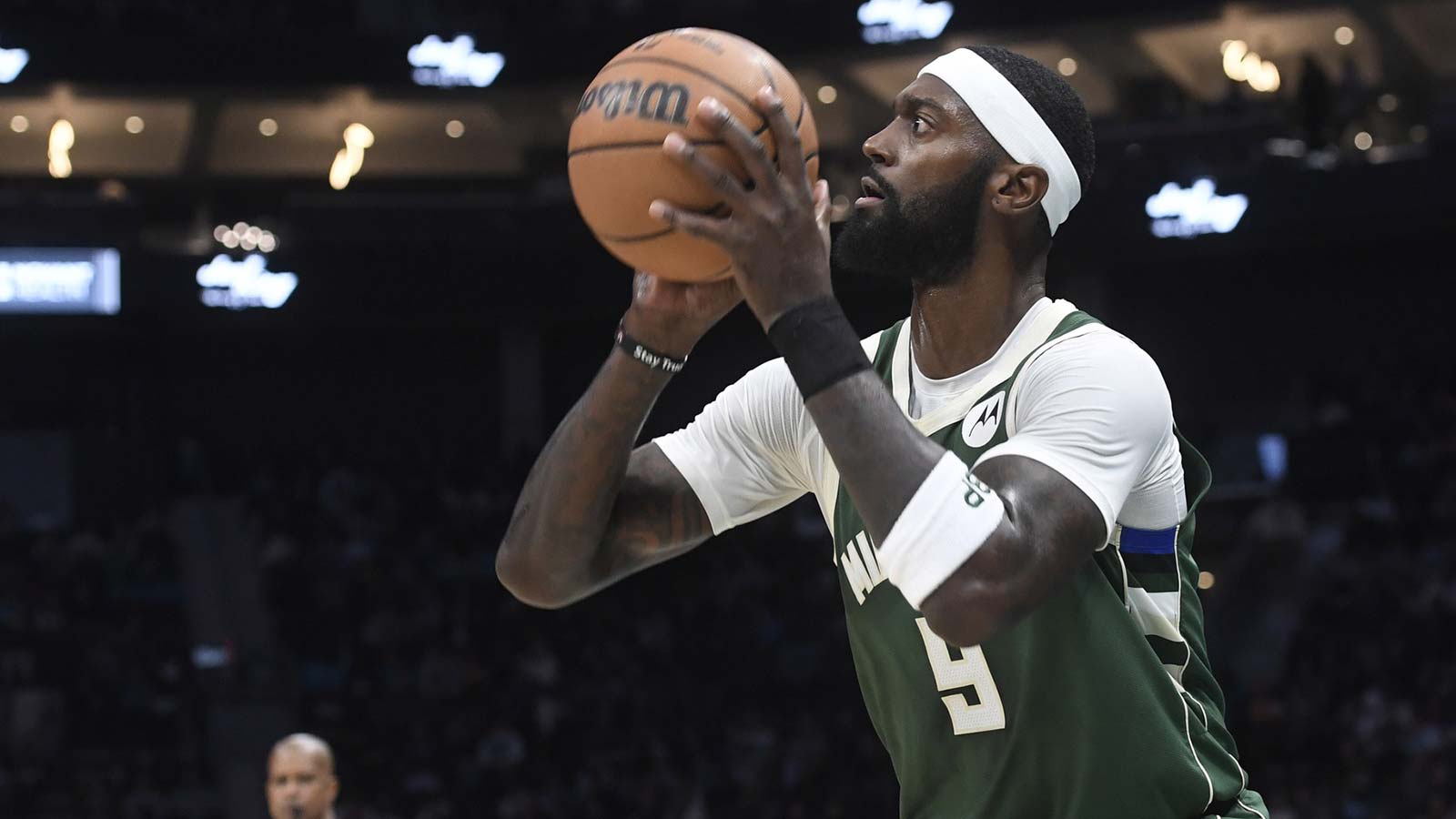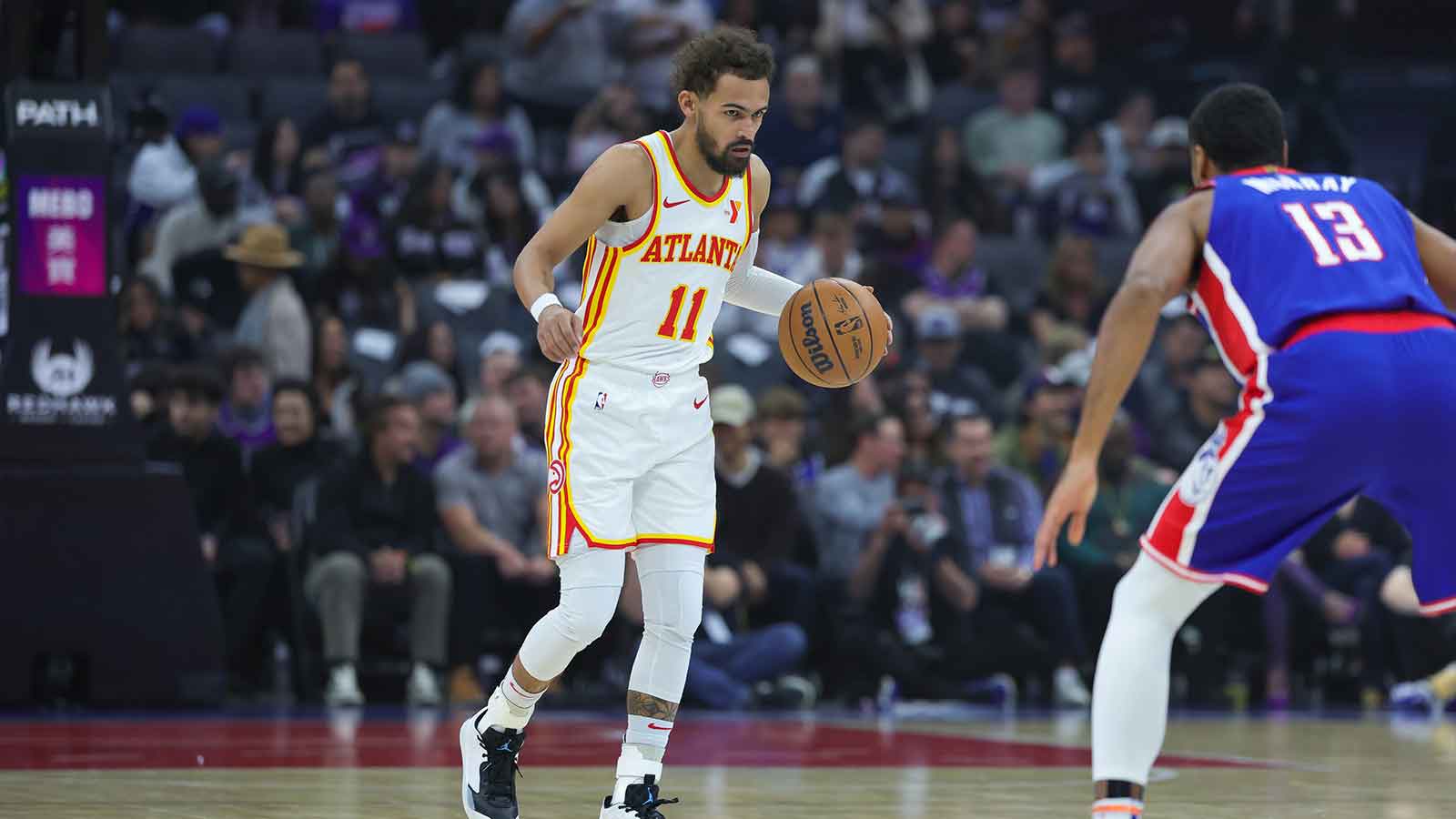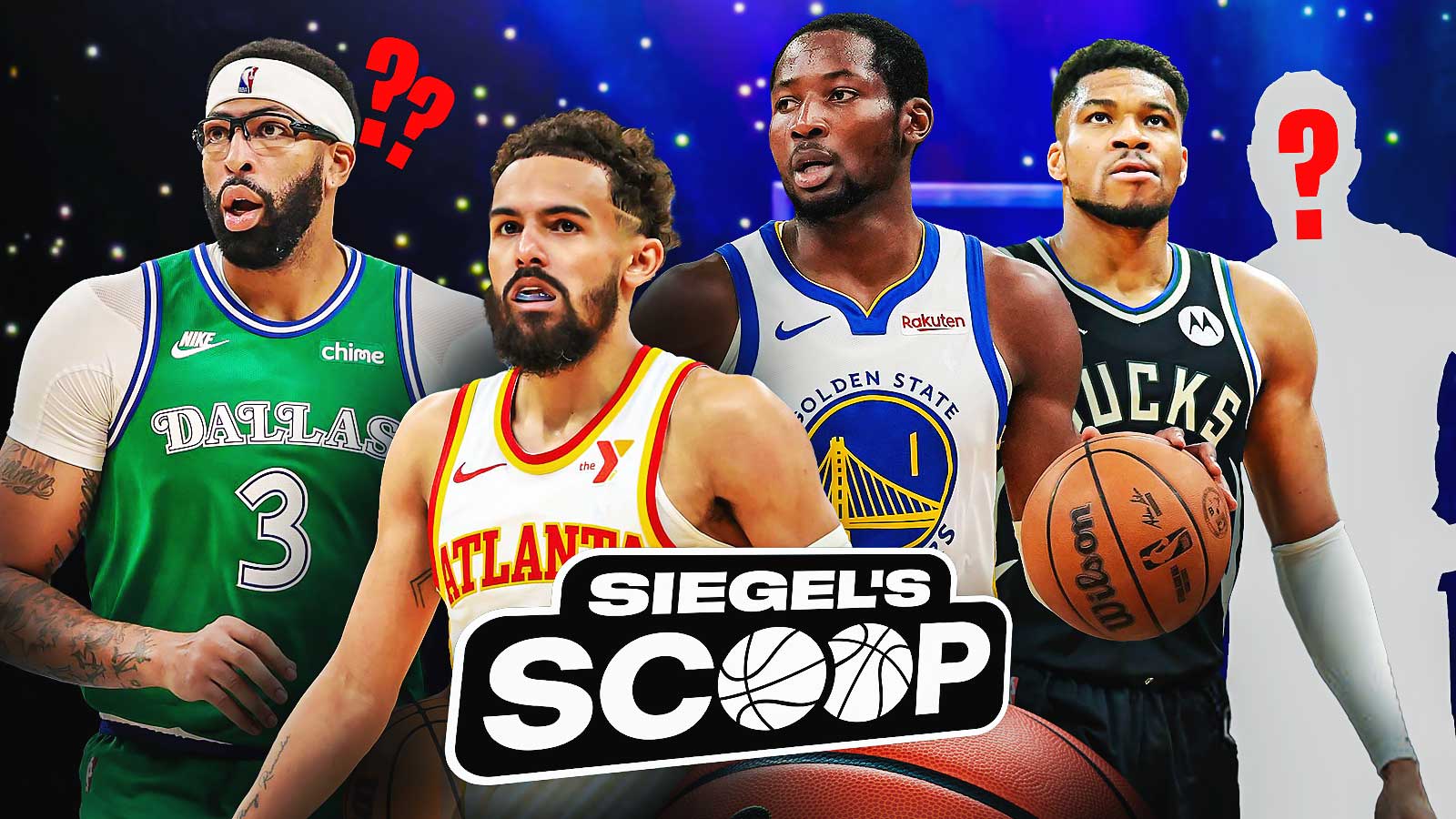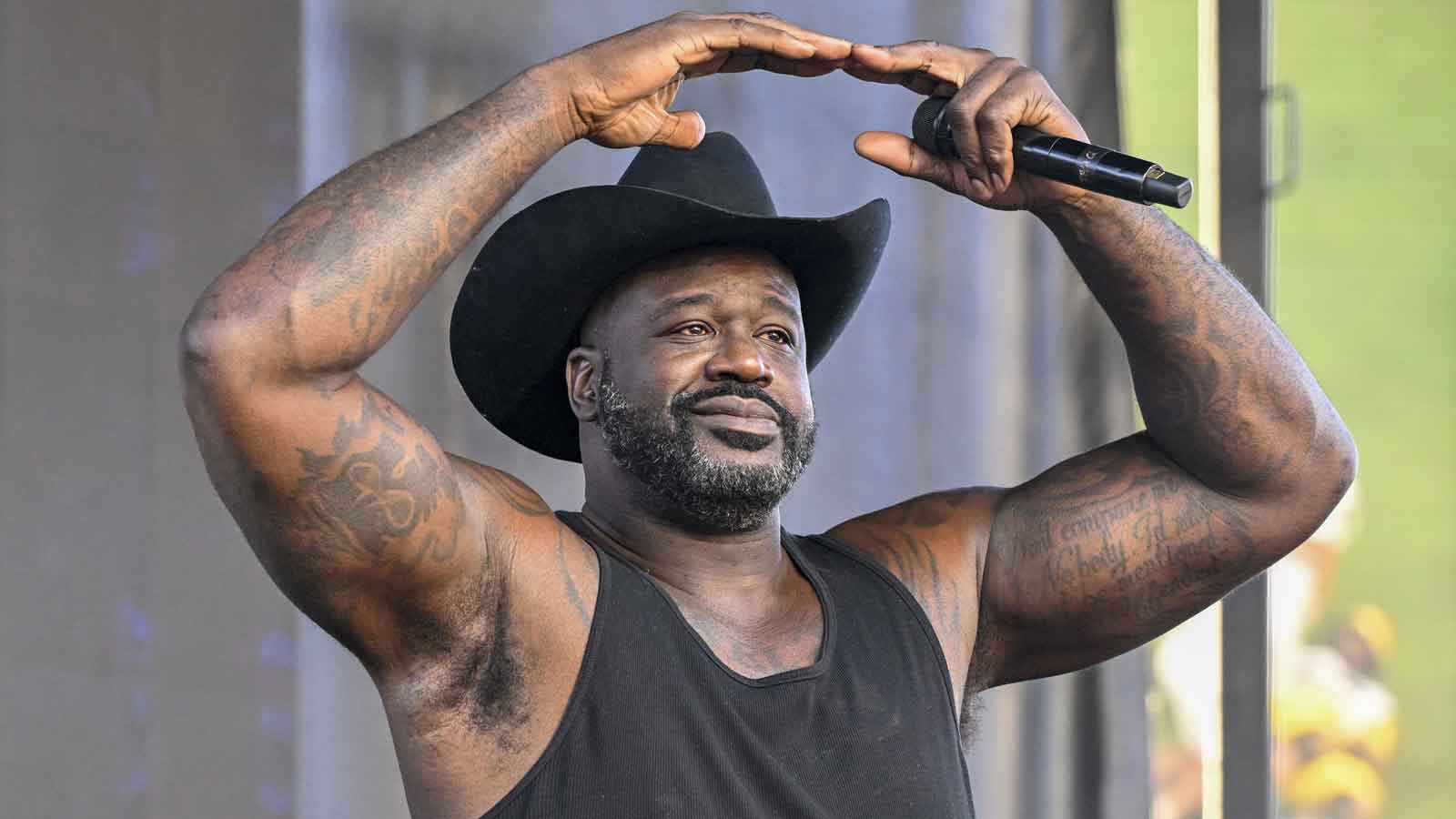NBA players are arguably the best in terms of basketball. Playing in the most competitive league in the world usually puts them in a class above the rest. However, there are times when even NBA players struggle in the international arena, where the rules and dynamics are slightly different. Here is a look at 10 NBA players who struggled in international play.
Check out the gallery.
Domantas Sabonis
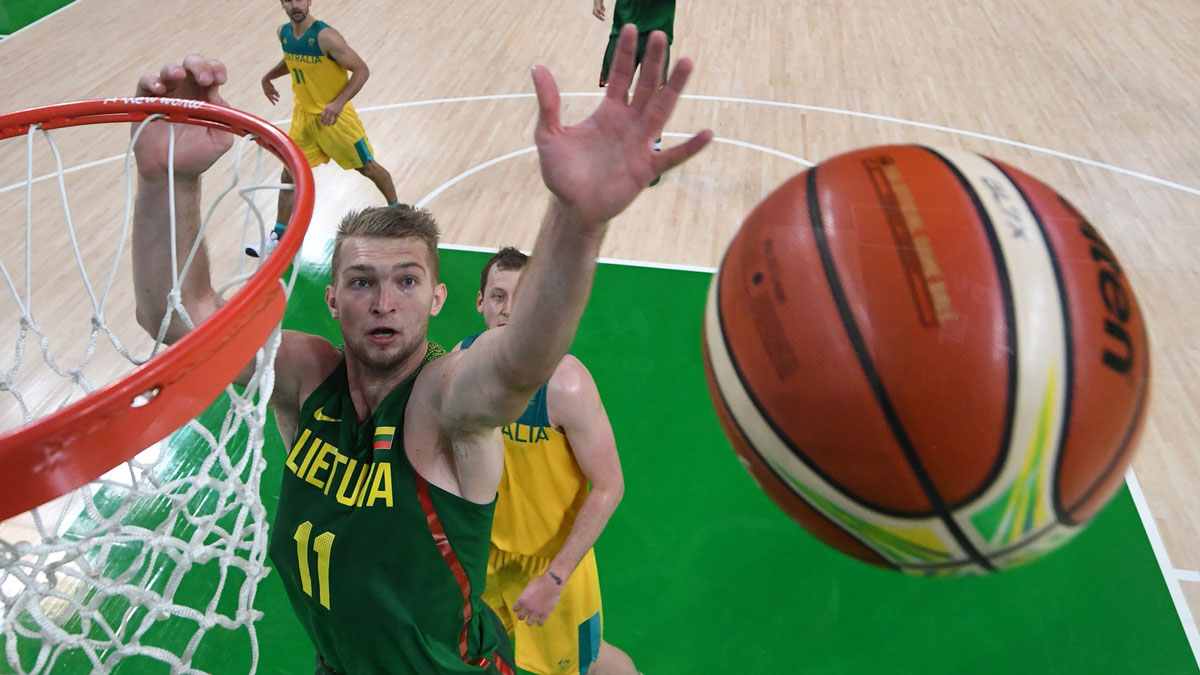
Domantas Sabonis is one of the premiere big men in the NBA, having already earned three All-Star Game appearances and leading the NBA in rebounds three times. He's also popularly known as the son of European legend Arvydas Sabonis.
The younger Sabonis, however, hasn't been the same in FIBA play. In a Lithuania uniform, he averages 10.8 points, 6.3 rebounds, and 2.3 assists per game despite being the second option for a team that leans on NBA role player Jonas Valanciunas. A lot of Sabonis' game revolves in the paint, a difficult area to dominate when international teams don't get penalized with the defensive three-second rule that's implemented in the NBA.
Alex Len
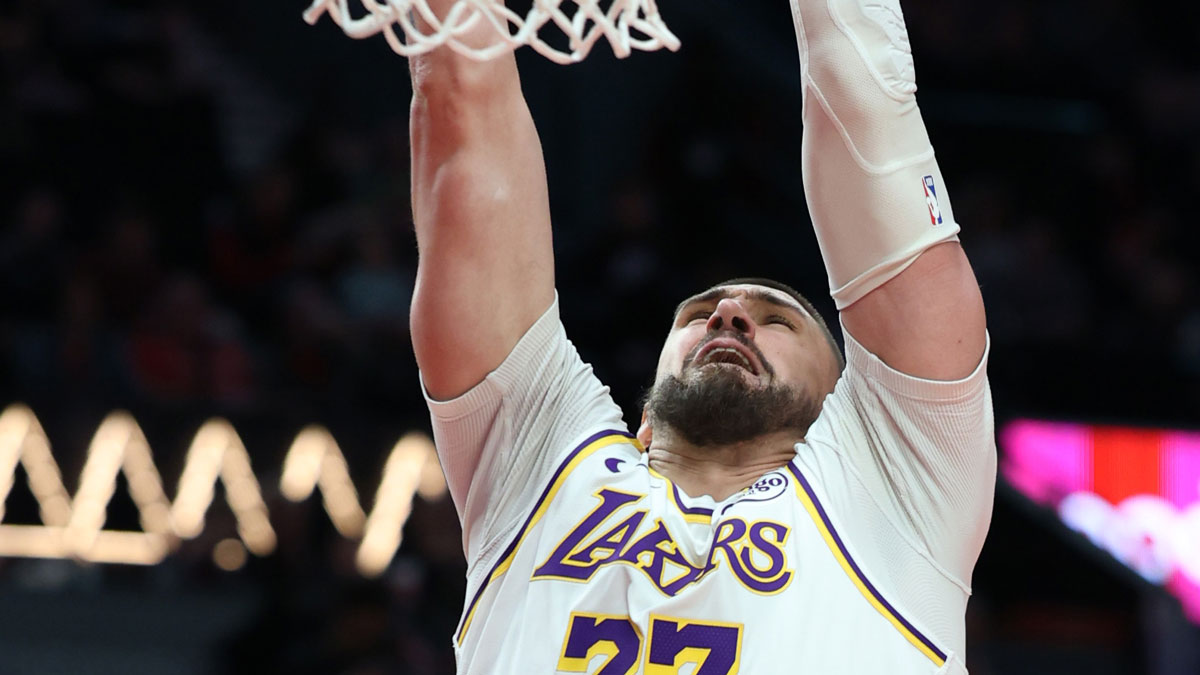
Alex Len has been hovering around bust territory throughout his NBA career. The Los Angeles Lakers center is currently a reserve big man. One would think a bigger role with Ukraine might've made him look better. However, the 7-foot center has been just as disappointing in FIBA play. He averages a measly 8.2 points and 4.9 rebounds per game, numbers that look mediocre for an NBA-caliber center. Thanks to faster and more tenacious opposing players, it's easy to see why Len's weaknesses are also exposed at this level.
Kyle Anderson

China certainly turned some heads when they decided to enlist versatile forward Kyle Anderson for their 2023 FIBA World Cup bid. Anderson was easily the best player in China's roster. But while his versatility often worked in the NBA, Anderson struggled big time at the world stage thanks to his limitations and the team's roster construction.
Anderson thrives in the league as a complementary piece. Making him the point of attack exposed his weaknesses. While he did still average 13.0 points per game at the tournament, his nightmare debut for China overshadowed everything. Anderson went scoreless on 0-for-9 shooting in a 105-63 beatdown in favor of Serbia.
Jamal Murray
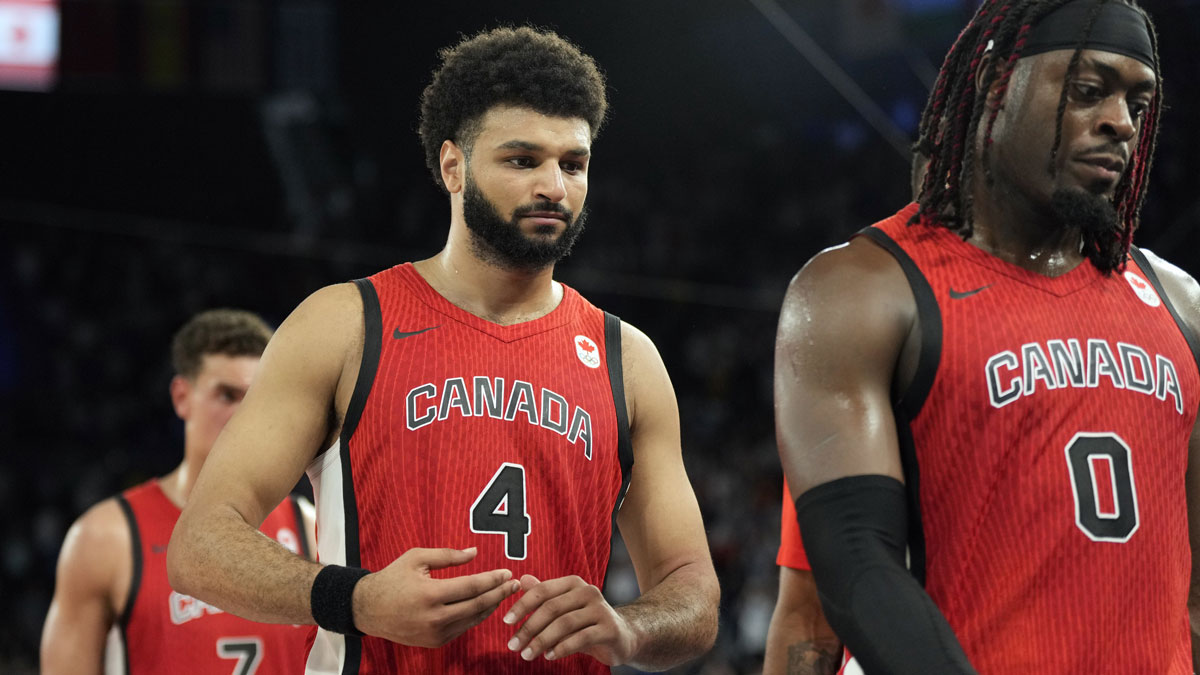
Canada looked poised to make some noise at the 2024 Paris Olympics, especially coming off a bronze-medal finish at the 2023 FIBA World Cup. With Jamal Murray's addition, Canada looked like a medal contender, especially with Shai Gilgeous-Alexander in tow. However, the Denver Nuggets guard was hardly a shell of his NBA self at the Summer Games. Murray mustered only 6.0 points per outing, shooting just 14.3% from beyond the arc.
Tim Duncan
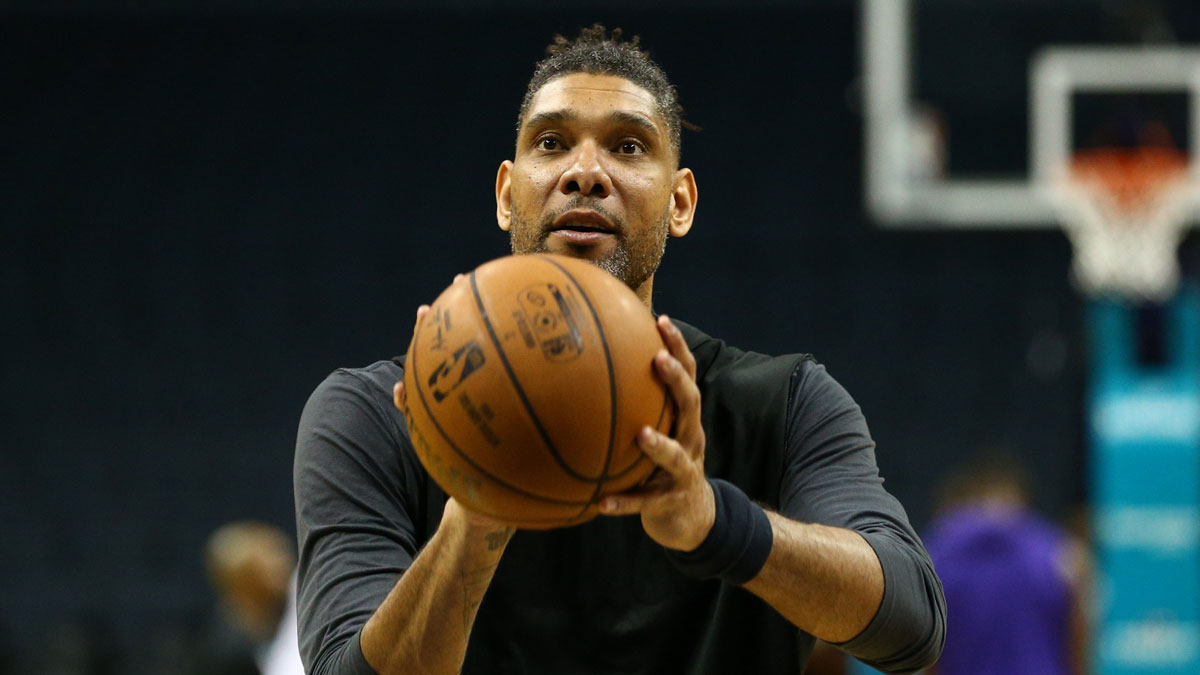
Tim Duncan is widely respected for his decorated NBA career. The Basketball Hall of Famer collected five NBA titles, three Finals MVPs, and two NBA MVPs. But surprisingly, Duncan couldn't save Team USA at the disastrous 2004 Olympics in Athens.
Duncan averaged 12.9 points and 9.1 rebounds per game but struggled to stay out of foul trouble. He averaged 3.8 fouls per outing, disqualifying himself twice in the campaign. While he did help the team salvage a bronze medal, Duncan was so frustrated with the international officiating to the point that he never suited up for the U.S. national team again.
Damian Lillard
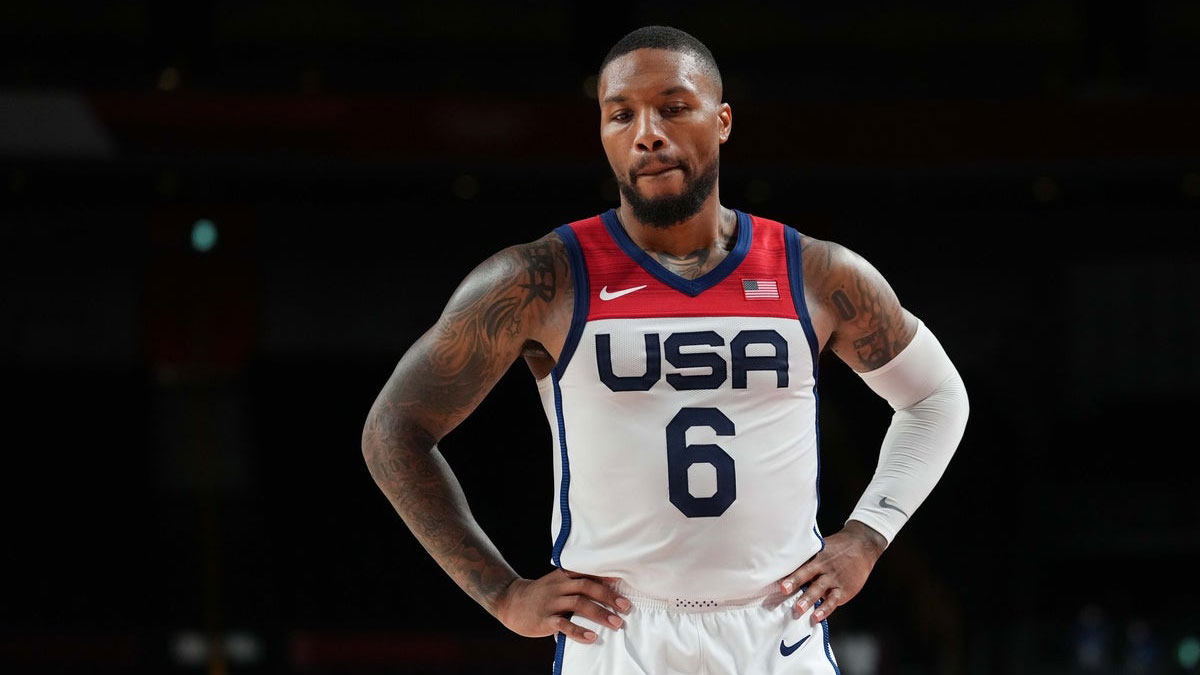
As a superstar for the Portland Trail Blazers, Damian Lillard was one of the biggest names that decided to join Team USA at the 2020 Tokyo Olympics. While his lethal outside shooting in the NBA would've came in handy, it was nowhere to be found when the games kicked off in Japan. Lillard averaged 11.2 points per game but only shot a measly 38% from the field overall. Without getting his usual touches, thanks to a surplus of superstars in the roster, Lillard struggled to find a rhythm throughout the tournament. Fortunately, the team pulled out enough gas to bring home the gold.
Brandon Ingram

Brandon Ingram was one of the four All-Stars that joined Team USA at the 2023 FIBA World Cup. He was expected to be a major contributor in the wings. Unfortunately, Ingram hardly played like an All-Star, averaging just 5.7 points per game while shooting just 27% from behind the three-point line. Ingram struggled to convert his shots primarily due to the lack of spacing. Throw in the team's roster construction that had several shoot-first guards, and the onetime All-Star just couldn't be a factor.
Brook Lopez
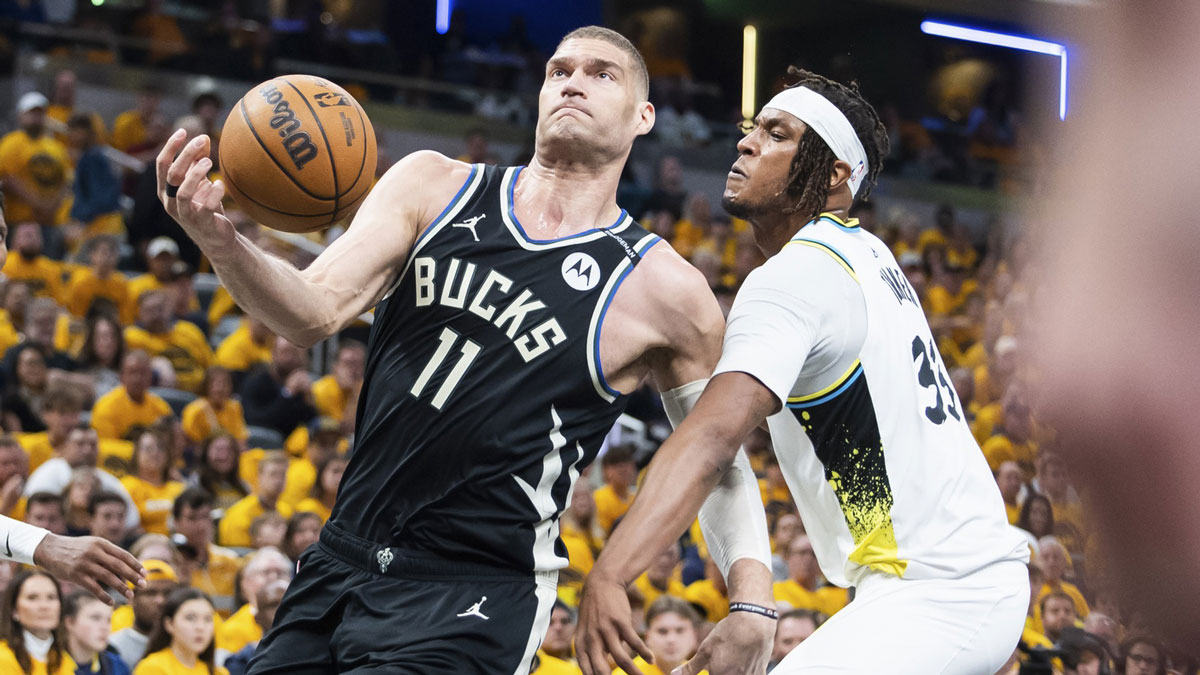
With a shortage of promising big men, Team USA banked on onetime All-Star Brook Lopez to anchor the team's frontcourt. His size and floor spacing were enticing assets that should have threatened international teams. However, Lopez could hardly get anything going, shooting just 15.8% from beyond the arc while averaging only 2.6 points per game. While outside-shooting big men are usually welcomed in international play, it's a different story when it came to this questionable Team USA roster composition.
Draymond Green

Draymond Green was the heart and soul of the Golden State Warriors dynasty, propelling them to four NBA titles. While his versatility and defensive prowess were key assets for the Warriors, it was the complete opposite in the international arena. Green has already won two Olympic gold medals with Team USA. But surprisingly, he was mostly a nonfactor, averaging just 2.7 points per game. His lack of size makes him a liability on the defensive end against post-oriented big men in FIBA. Moreover, playing for a coach not named Steve Kerr doesn't do him any favors.
Jaren Jackson Jr.
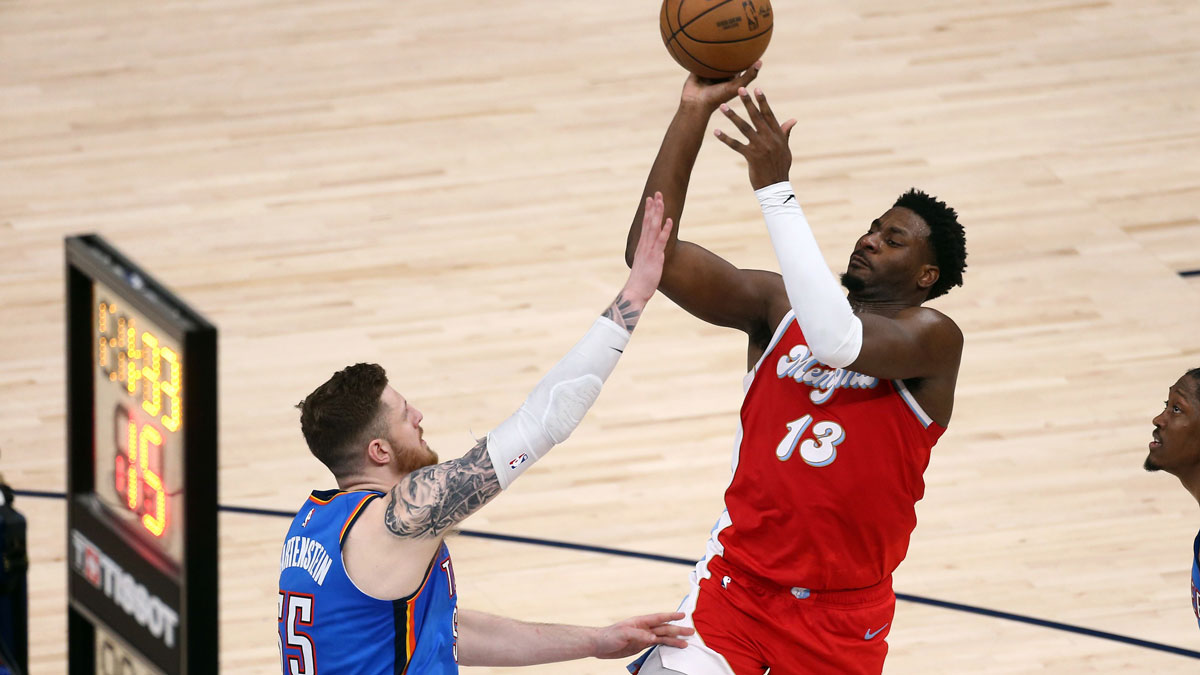
With Team USA trying to redeem themselves after the 2019 FIBA World Cup debacle, the team tried to send a more decorated roster filled with rising stars. One was 2023 NBA Defensive Player of the Year Jaren Jackson Jr. The two-time NBA blocks leader looked like the doctor's prescription for Team USA's frontcourt woes. However, he was far from the big man that they needed.
Jackson thrived in the NBA as a weakside defender. Without another reliable big to complement him, the Memphis Grizzlies center failed to keep up with his defensive coverages at the post. Add in his faceup style of play, and Team USA ultimately lacked an interior presence, an element that teams like Lithuania, Germany, and Canada exploited.








